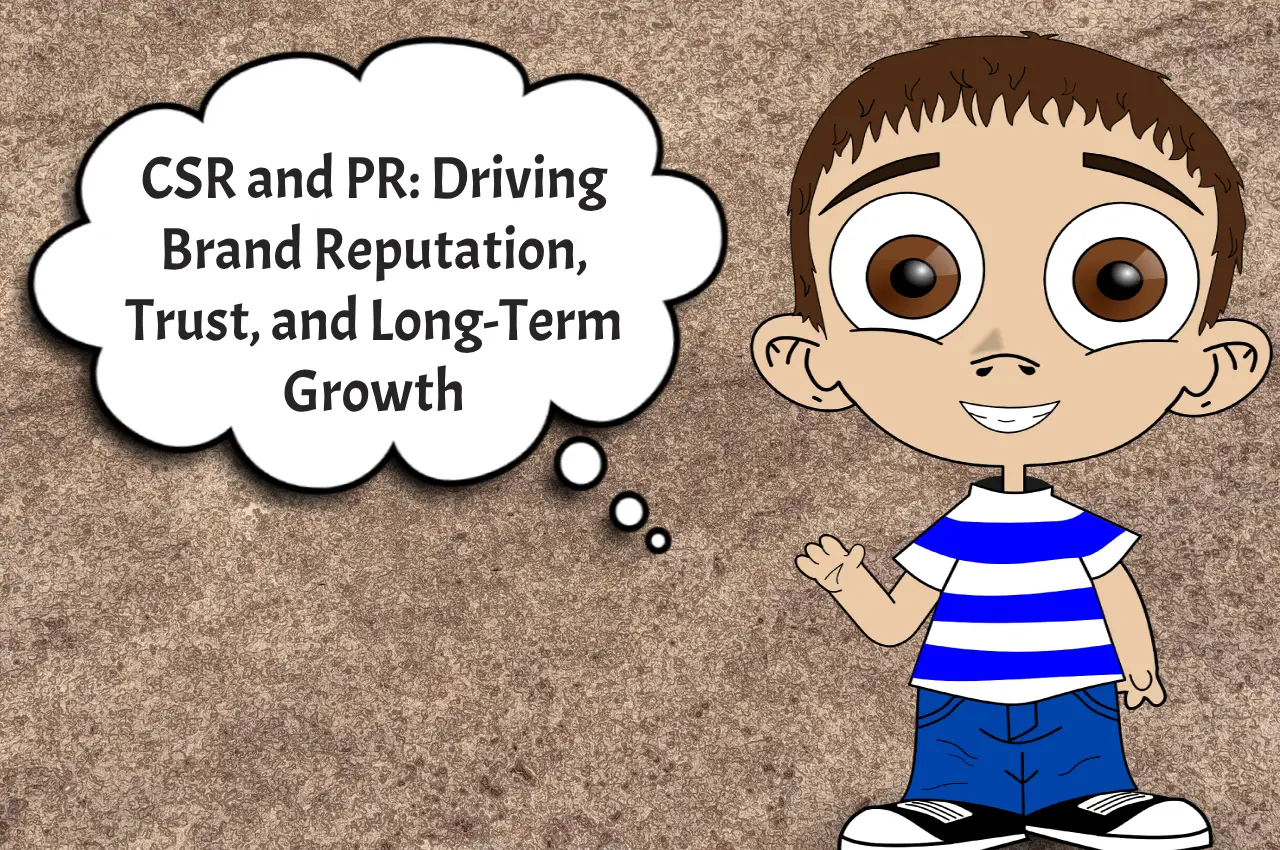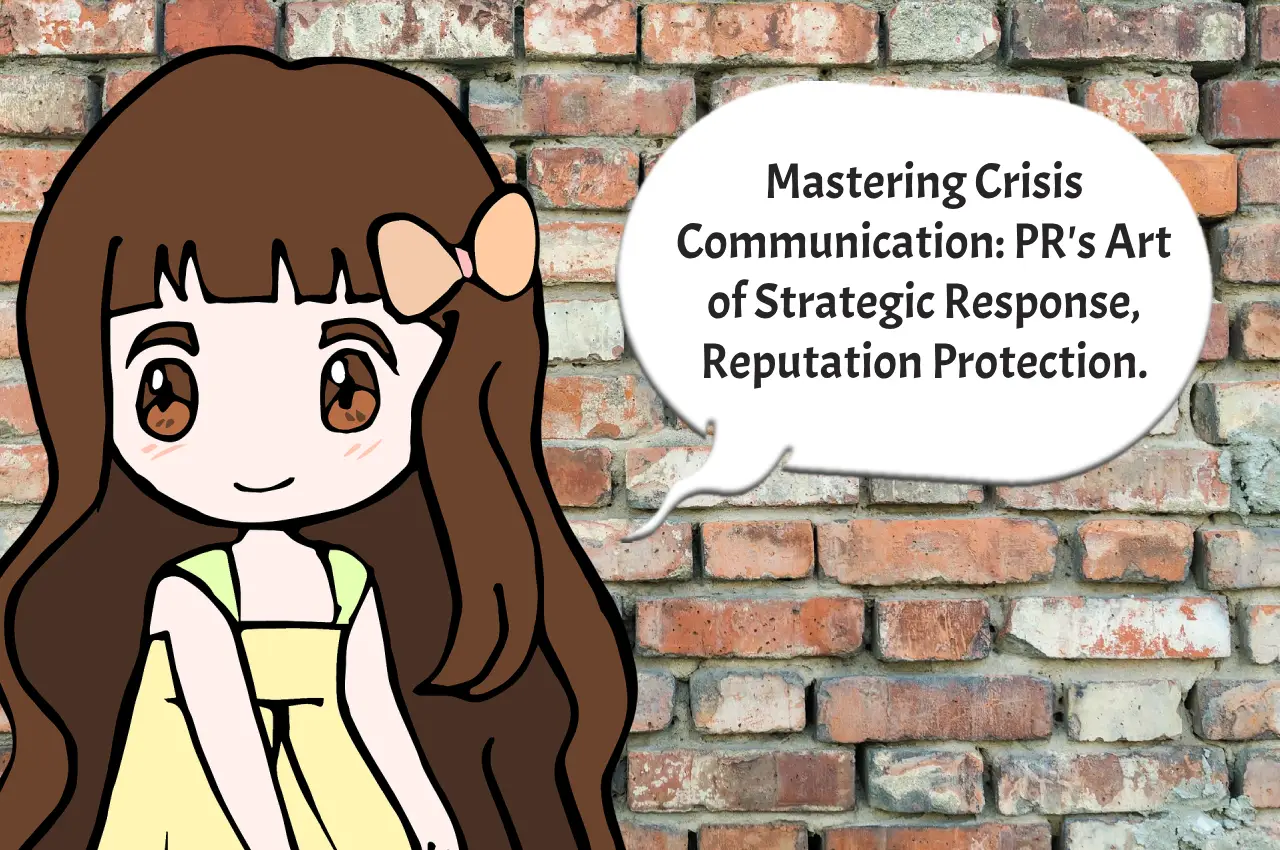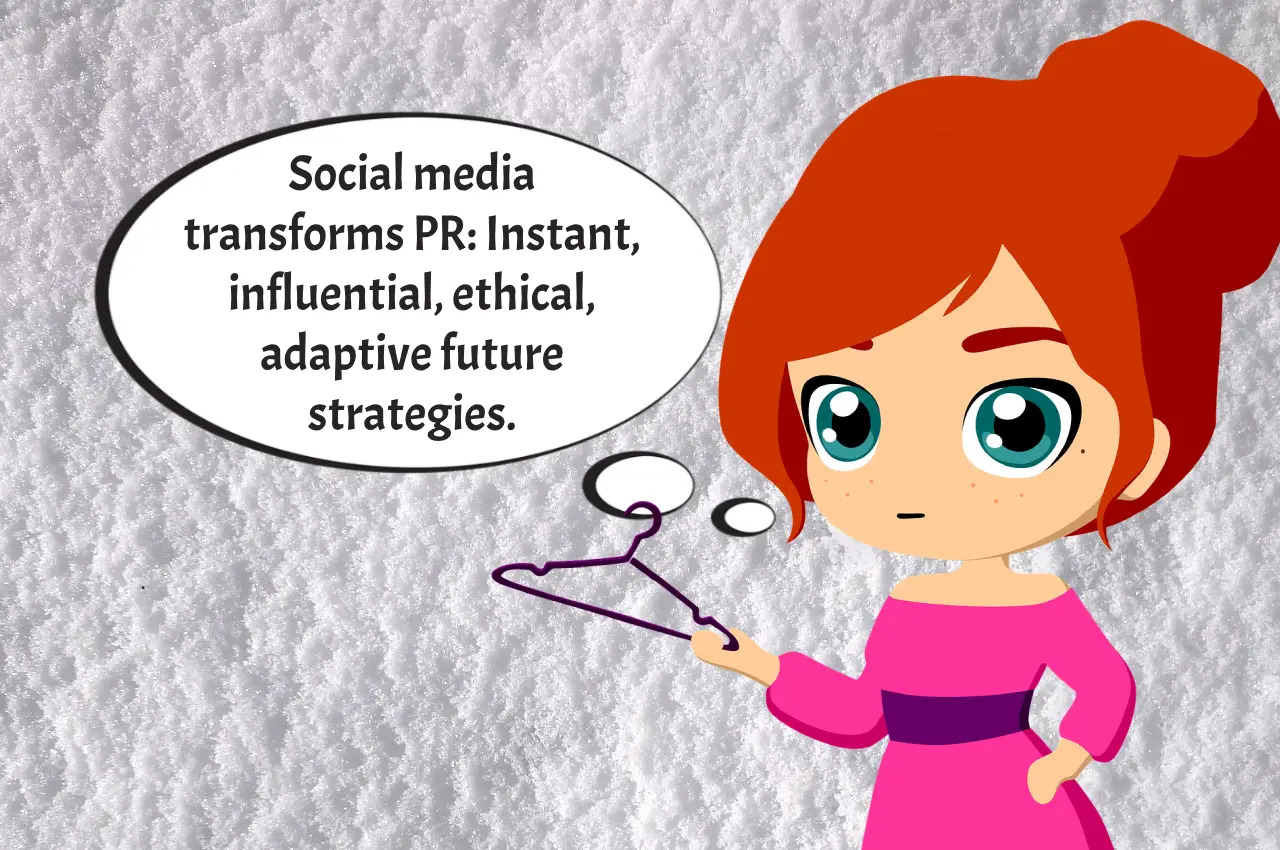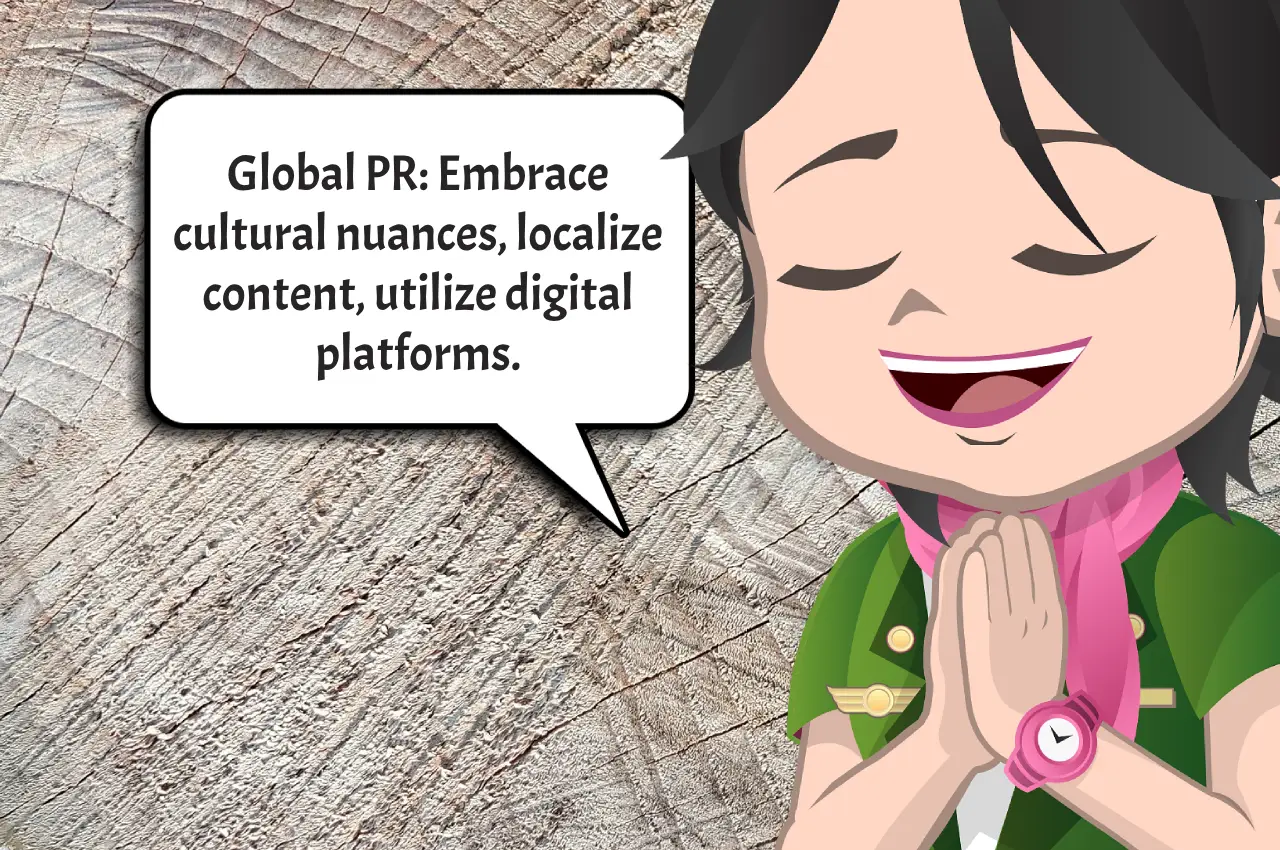Engaging with the community and fostering positive societal impact have become pivotal aspects of modern business practices. In today’s corporate landscape, companies are not only evaluated based on their financial performance but also on their commitment to social responsibility. This paradigm shift has led to the integration of Corporate Social Responsibility (CSR) into Public Relations (PR) strategies, forming a powerful alliance that transcends mere philanthropy. Let’s delve into the intricacies of this symbiotic relationship of CSR and PR and understand how it shapes brand perception, fosters stakeholder trust, and drives sustainable business growth.
Understanding Corporate Social Responsibility (CSR) and Public Relations (PR)
Corporate Social Responsibility, abbreviated as CSR, refers to a company’s ethical and philanthropic initiatives aimed at making a positive impact on society and the environment. These initiatives go beyond legal obligations and encompass activities such as environmental sustainability, community development, ethical labor practices, and charitable contributions.
On the other hand, Public Relations, or PR, revolves around managing the communication and reputation of an organization with its various stakeholders, including customers, employees, investors, and the broader public. PR professionals employ strategies to enhance brand image, build credibility, and establish meaningful connections with target audiences.
The Symbiotic Relationship: How CSR and PR Complement Each Other
Enhancing Brand Reputation:
By integrating CSR and PR strategies, companies can showcase their commitment to social and environmental causes. For instance, a tech company organizing tree-planting drives or sponsoring educational programs not only contributes to a sustainable future but also strengthens its brand reputation as a responsible corporate citizen.
Building Trust and Credibility:
Consumers today are increasingly conscious of the ethical practices of the brands they support. When companies transparently communicate their CSR efforts through PR channels, they build trust and credibility among consumers. This trust translates into customer loyalty and positive brand advocacy.
Effective Storytelling:
Humanizing CSR initiatives through compelling storytelling is a powerful PR tool. Sharing real-life examples of how a company’s CSR projects have made a difference in people’s lives creates emotional connections with audiences. These stories resonate deeply and leave a lasting impression, reinforcing brand values and identity.
Employee Engagement and Morale:
Incorporating CSR and PR strategies can significantly impact employee engagement and morale. Employees are more likely to feel proud of and connected to their organization when they see their company actively contributing to social causes. Furthermore, volunteering opportunities, sustainability programs, and charitable events organized by the company can boost employee satisfaction and foster a sense of purpose within the workplace.
Attracting and Retaining Talent:
In today’s competitive job market, companies must differentiate themselves as employers of choice. A strong commitment to CSR, highlighted through PR efforts, can attract top talent who seek purpose-driven workplaces. Millennials and Gen Z, in particular, prioritize working for companies that prioritize environmental and social responsibility. Moreover, CSR initiatives can enhance employee retention by promoting a positive corporate culture and demonstrating a genuine concern for employee well-being.
Long-Term Value Creation:
CSR activities may have upfront costs but often bring long-term benefits for company value. Investing in sustainability, ethical supply chains, and communities helps companies reduce risks from regulations, consumer trends, and challenges. PR is vital in showcasing CSR’s long-term value to stakeholders, including investors focused on ESG factors.
Partnerships and Collaborations:
Collaborating with other organizations, non-profits, and government agencies can amplify the impact of CSR initiatives and enhance PR opportunities. Strategic partnerships allow companies to leverage resources, expertise, and networks to tackle complex social issues more effectively. Joint initiatives also provide opportunities for cross-promotion, widening the reach and visibility of CSR efforts. For example, a partnership between a technology company and a local non-profit organization to provide digital literacy training for underserved communities not only benefits the target audience but also garners positive media coverage and public recognition.
Global Citizenship and Ethical Leadership:
Businesses now operate in a connected world, facing challenges like climate change, poverty, and inequality. CSR initiatives showing global citizenship and ethical leadership can position companies as industry leaders. Through PR campaigns, companies can share their vision for a sustainable and inclusive future. This inspires others to act and creates momentum for collective action.
Measuring Social Impact:
Quantifying the social impact of CSR initiatives is essential for assessing effectiveness, improving performance, and demonstrating accountability. PR professionals can collaborate with CSR teams to develop strong metrics and evaluation frameworks. These frameworks capture both qualitative and quantitative outcomes. They measure impacts such as lives affected, carbon emissions reduced, or communities empowered. Data-driven insights help companies refine strategies and communicate impact effectively to stakeholders.
Mitigating Risks and Crisis Management:
Proactively engaging in CSR can serve as a buffer during times of crisis or controversy. Companies with a well-established track record of social responsibility are viewed more favorably by the public and are better equipped to weather reputational storms. PR professionals leverage CSR achievements to mitigate risks and navigate challenging situations effectively.
Implementing a Successful CSR and PR Strategy: Key Considerations
Alignment with Core Values:
CSR initiatives should align with the company’s core values and business objectives. Authenticity is paramount, and any disconnect between CSR actions and organizational values can lead to skepticism from stakeholders.
Stakeholder Engagement:
Effective CSR and PR strategies involve engaging with various stakeholders, including employees, customers, investors, and local communities. Seeking input, fostering dialogue, and soliciting feedback are essential for building meaningful relationships and ensuring the relevance of CSR initiatives.
Measurable Impact:
Establishing clear metrics to assess the impact of CSR initiatives is crucial for demonstrating tangible results. Whether it’s reducing carbon emissions, improving employee satisfaction, or enhancing community well-being, quantifiable outcomes provide credibility and accountability.
Transparency and Communication:
Transparency is non-negotiable in CSR efforts. Companies must communicate openly about their CSR activities, including successes, challenges, and areas for improvement. Authentic communication fosters trust and allows stakeholders to feel invested in the company’s journey.
Embracing the Future: Advancing CSR and PR Integration
As societal expectations continue to evolve, the integration of CSR and PR will become increasingly intertwined. Companies that prioritize social responsibility and effectively communicate their efforts through strategic PR initiatives will not only thrive in the marketplace but also contribute to a more sustainable and equitable world.
In conclusion, Corporate Social Responsibility and Public Relations are indeed a perfect pair, synergizing to create value for both businesses and society. By embracing this symbiotic relationship and weaving CSR into the fabric of their PR strategies, companies can cultivate stronger brand identities, foster stakeholder trust, and drive positive change.





